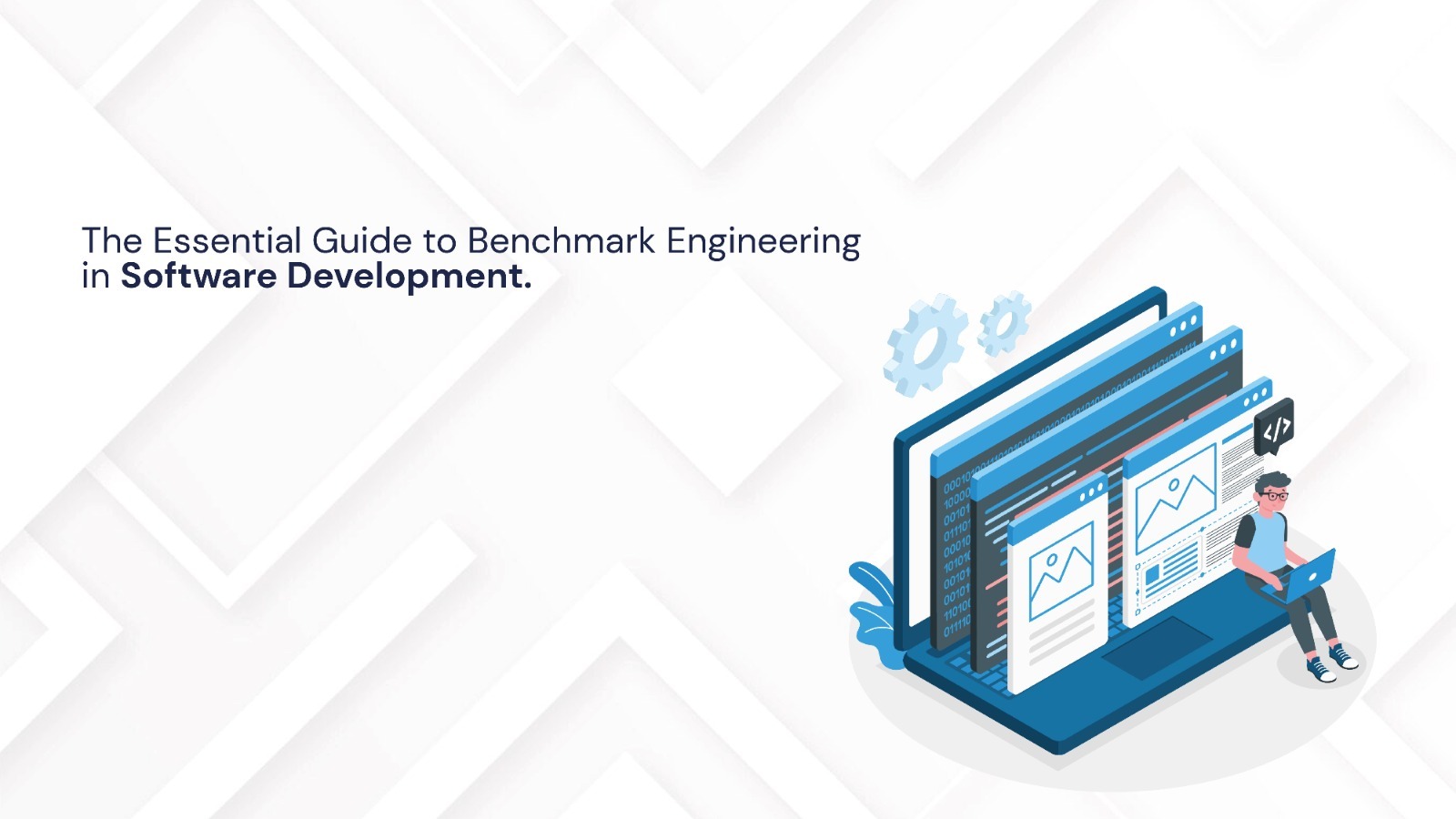Physical address:
573 Hutchinson Ln, Lewisville, TX 75077, USA.
Introduction
In the time of competition in software development, performance and capability are very important. Users want applications to be fast, genuine and well organized. For this purpose optimization of speed is top priority. To test the performance of software the best technique is benchmark engineering. In this blog we will discuss what it is, its importance and how to implement it effectively.
Understanding Benchmark Engineering
It is a standard test which is taken to evaluate the performance of software or application. This test is taken on defined standards or benchmarks. This standard test contains various performance elements such as speed, resource utilization, manageability and response time. By taking this test, developers can identify problems, test different implementations and make decisions to optimize their code.
Importance of Benchmarking
It is very important for the best performance of software. With this standard test a software developer can improve the software. Its significance importance is given below:-
- Performance optimization
Benchmarking helps you in identifying problems with software. Also it helps developers to improve their code for better speed and improvement. - Resource Management
It helps developers to recognize how software will utilize resources of a system. Such as CPU, memory and I/O. It helps to avoid waste of resources. - Manageability Assessment
By this standardized test, developers can predict the performance of software under different loads.
- Quality Assurance
Often benchmarking helps developers to catch decline of performance. It also helps to maintain quality and reliability of the software. - Competitive Edge
In the current market, performance can be the difference. This benchmarking provides the stats needed to stay ahead from competitors.
Key Principles of Benchmark Engineering
There are some key principles of benchmarking that are given below:-
- Reproducibility
Benchmarks should provide constant results through different environments. It helps to accurately track performance variations. - Representativeness
The test should reflect real usage conditions in order to give meaningful results. Synthetic benchmarks should be used in accordance with real world testing. - Isolation
To avoid uneven results, benchmarks should be alone. External factors should be avoided such as variable network or background processes. - Full Standards
A good benchmark measures many elements. It includes suspension output and resource consumption. It provides a full overview of performance. - Statistical Significance
Results should be constantly analyzed to make a difference between relevant trends from random noise. This usually involves running benchmarks many times.
Best Practices for Benchmarking
There are some best practices for better benchmarking. Those practices are given below:-
- Define Clear Objective
Before starting, a developer should define his target. What does he want to achieve from this standardized test? Whether he is focusing on decreasing suspension, increasing outputs or lowering resource consumption? The developer should define these aims before starting benchmarks. - Select relevant tools
For better benchmarking you should select relevant tools. The right tool helps developers to identify blockage, optimize resource usage. Some common relevant tools for benchmarking are JMH (Java Microbenchmarking Harness) for Java applications, Benchmark DotNet for NET Applications and custom scripts for special scenarios. - Automate the Process
A developer should include benchmarks in continuous integration/continuous deployment CI/CD. This step makes performance testing a regular part of a development process. This practice helps you to identify problems very soon. - Use Real Workloads
For better benchmark results, you should use real workloads. It tells the relevancy of benchmarks results. This workload usually uses sets of real data, user interaction patterns and load conditions. These are some loads that software usually experiences in production. - Monitor Performance Closely
Observing performance closely and constantly is an important practice of benchmarking. It checks the software performance level time by time. Observing performance closely also helps to identify and solve performance issues as they would arise. - Analyze and acts on result
Benchmarking is not just about gathering data. Rather it is about to examine data to bring more improvement in it. Search for trends, compare different versions and use awareness to make decisions to optimize code. - Document and share finding
You should keep data for benchmarking procedures, used tools for benchmarking and the result obtained. This keeping records can be useful to mention in future, team combination, display improvements in performance to stakeholders.
Conclusion
Benchmark engineering is an important part in software development. It allows teams to analyze performance, manage resources successfully and keep top quality software. By adopting the above defined practices developers can make sure their application or software meets the requirements. Also they make sure that their product meets the high standard demand for users and markets.
Adopting this benchmarking practices as the vital part of the process of development. The developer can develop software that not only meets the expectations but also go beyond the expectations. By opting benchmarking teams can make sure that their software is competitive and responsive for users and markets.
Read more blogs


